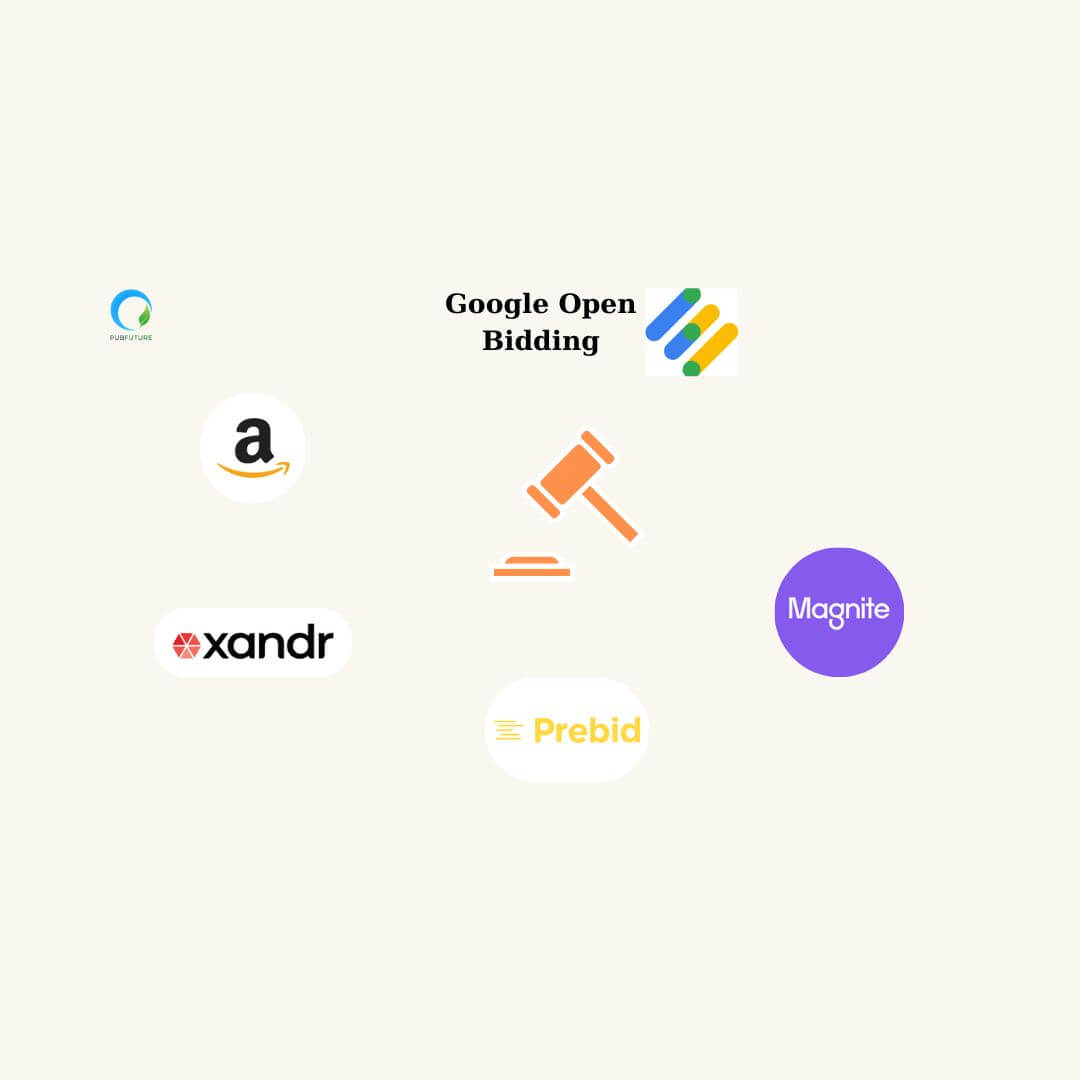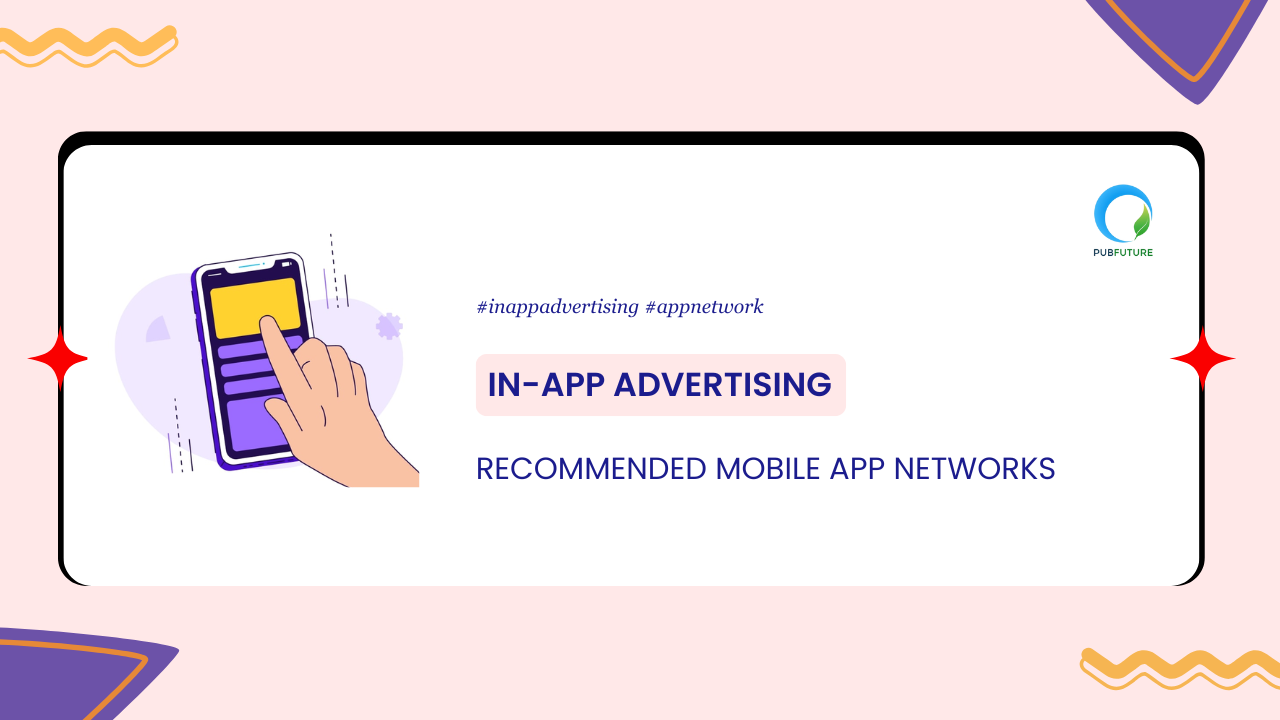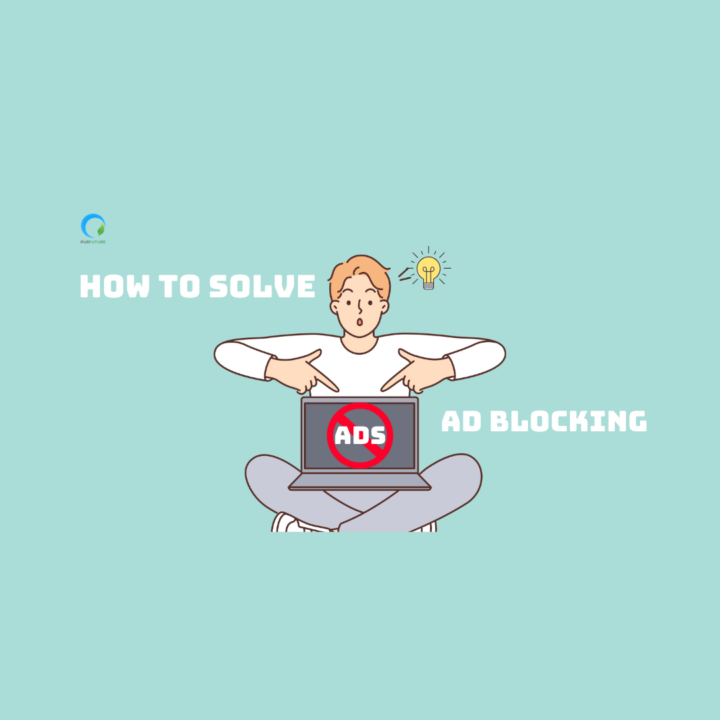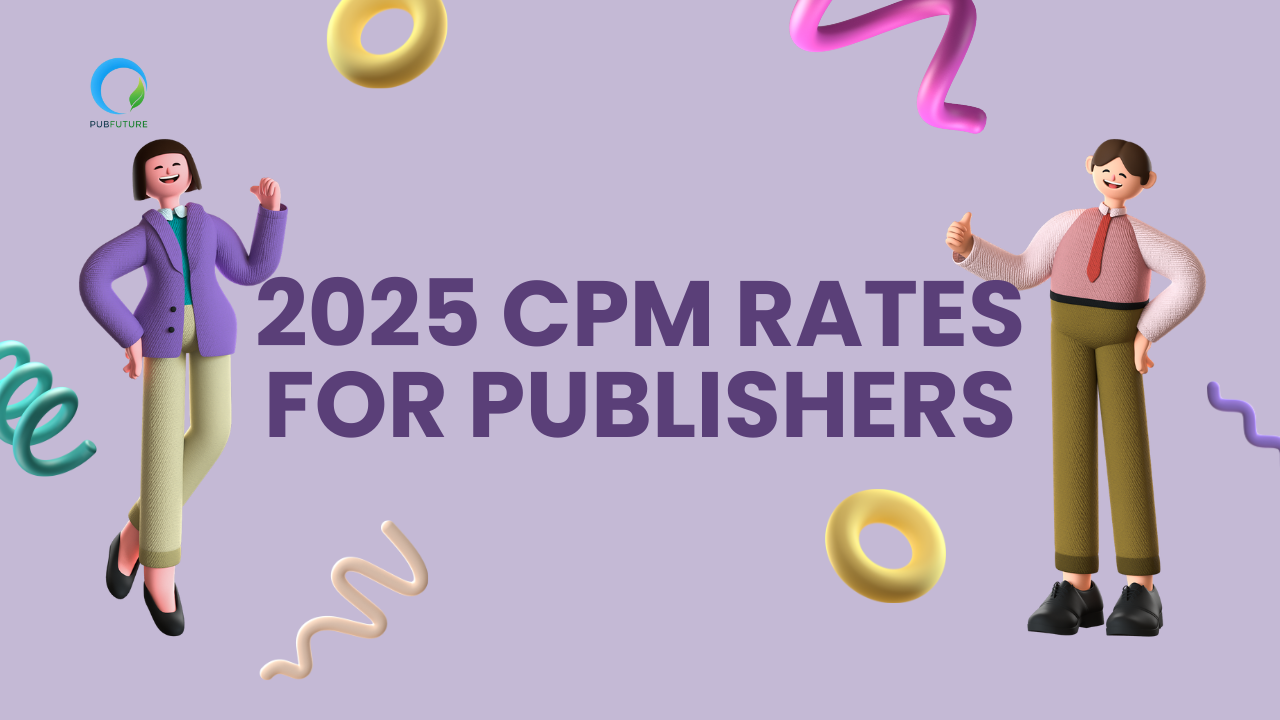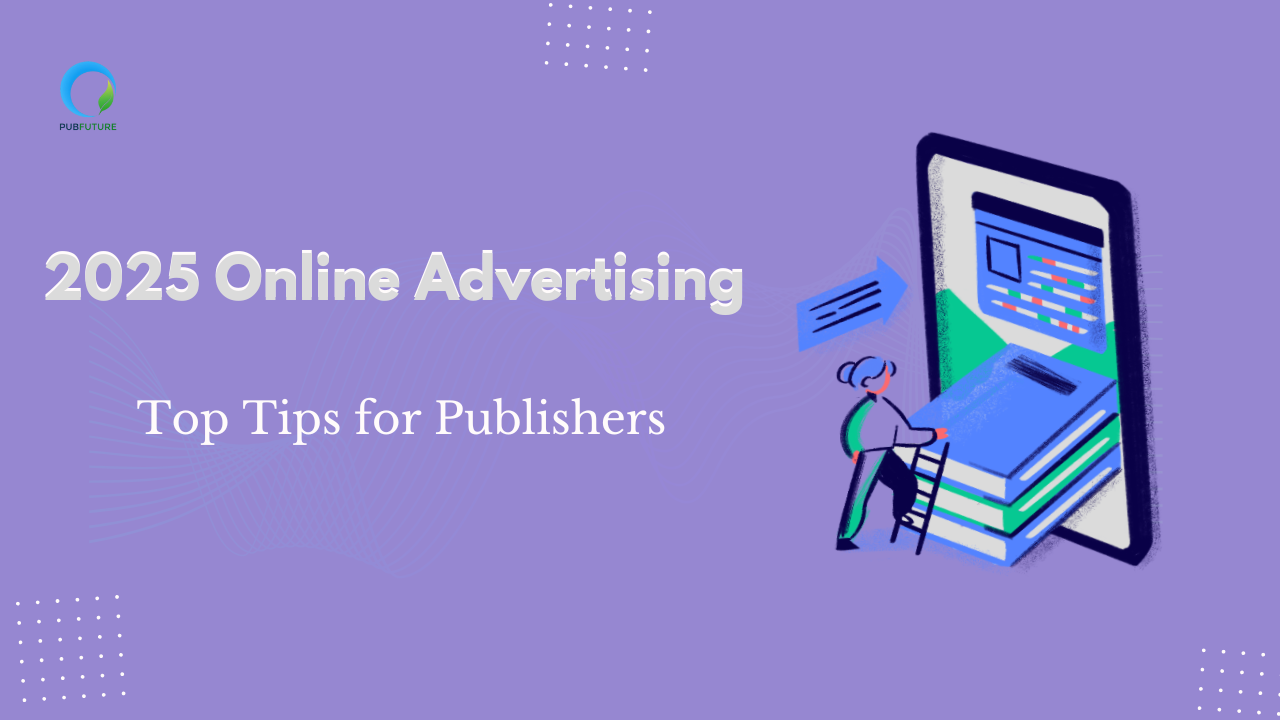1. What Is Header Bidding and How Does It Work?
Header bidding is a process that enables publishers to capture bids for ad units from demand sources that might otherwise have been missed. By implementing header bidding, a publisher can gather bids from multiple sources that will then compete directly with bids from the ad server. What this means is that header bidding can help you, as a publisher, make more money and improve your ad quality by making the auctions for your ad space more competitive and transparent.
How does it work?
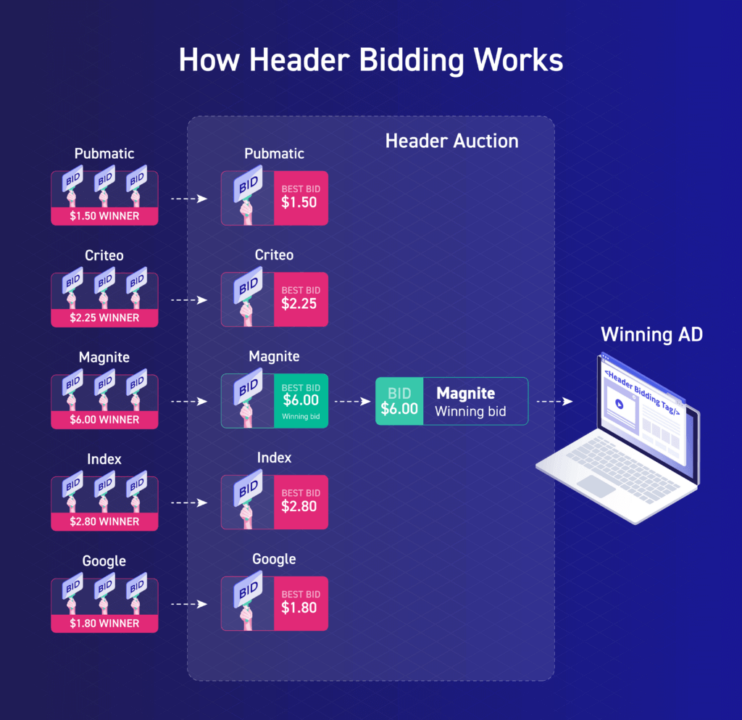
Source: snigel.com
- User Visits a Website – When a visitor loads a webpage, the browser triggers a request for ad slots.
- Auction Begins in the Header – A JavaScript code (usually placed in the page header) sends bid requests to multiple demand sources in real-time.
- Bidders Submit Offers – Advertisers bid on the available ad space based on their targeting criteria and budget.
- Highest Bid Wins – The highest bid is passed to the publisher’s ad server (e.g., Google Ad Manager) to compete with direct-sold ads.
- Ad is Served – The winning ad is displayed to the user, maximizing the publisher’s revenue.
2. Key Factors to Consider When Choosing a Header Bidding Platform
When selecting the best header bidding platform, publishers should evaluate several critical factors to ensure maximum revenue, optimal performance, and seamless integration. Here are the key considerations:
- Demand Partner Coverage – Maximizing Revenue Opportunities: A strong platform should provide access to premium SSPs, DSPs, and direct advertisers. More competition among demand partners leads to higher eCPMs and better fill rates
- Ease of Integration & Compatibility – Prebid.js, server-side vs. client-side: Look for platforms that offer Prebid.js support, Google Open Bidding, or Amazon TAM for flexibility and scalability. Ensure the platform provides clear setup guides and integration support
- Revenue Optimization & Reporting – Real-Time Insights for Revenue Optimization: The best platforms provide granular reporting on Bidder performance, Revenue by demand partner, Latency impact, and Ad viewability metrics
- Support & Transparency – Customer support, pricing models: Some platforms take hidden cuts from publisher revenue so ensure full fee transparency
- Latency & Page Load Impact: The right timeout ensures bids are received quickly without slowing down page load. This will optimize for user experience and SEO.
3. Top 5 Best Header Bidding Platforms for Publishers in 2025
3.1 Google Open Bidding
Google Open Bidding is a server-side auction solution within Google Ad Manager (GAM) that allows publishers to invite multiple SSPs (Supply-Side Platforms) and exchanges to compete for their ad inventory in real time.
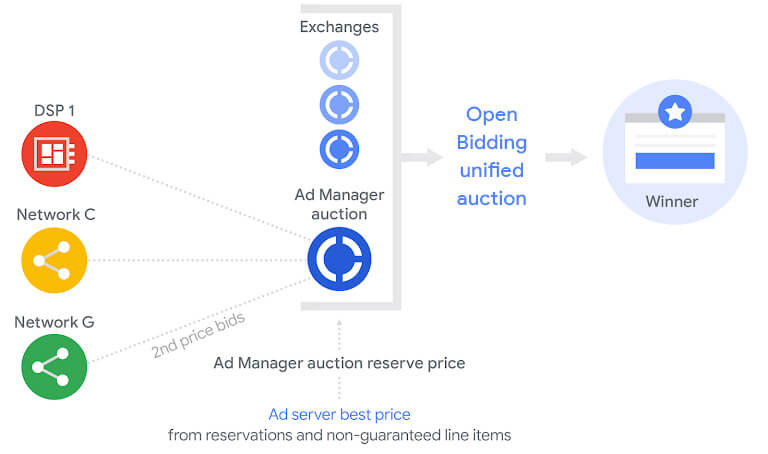
Source: admanager.google.com
Open Bidding is only available to publishers using Google Ad Manager 360. As part of the Google Ad Manager ecosystem, this platform is best for publishers already using Google Ad Manager (GAM) and those seeking a simpler alternative to client-side header bidding.
Strengths of Google Open Bidding
- Lower Latency – Unlike header bidding, Open Bidding runs on the server, reducing browser-side delays.
- Seamless GAM Integration – Fully integrated with Google’s ecosystem, simplifying implementation.
- Simplified Management – No need to implement complex header bidding wrappers.
Weaknesses of Google Open Bidding
- Lower Revenue Potential vs. Header Bidding – Some publishers report lower CPMs since Google takes a revenue share.
- Limited Partner Control – Publishers have less flexibility in selecting and managing demand partners.
- Less Transparency – Google controls the auction, limiting visibility into bid dynamics.
3.2 Amazon Transparent Ad Marketplace (TAM)
Amazon Transparent Ad Marketplace (TAM) is a server-side header bidding solution designed to help publishers maximize ad revenue. Unlike traditional header bidding, which runs auctions in the browser, TAM operates on Amazon’s cloud-based infrastructure, reducing latency and improving auction efficiency. It integrates seamlessly with Amazon Publisher Services (APS) and allows publishers to access multiple demand sources, including Amazon’s own demand, without complex client-side implementations.
Comparison to Traditional Header Bidding
| Feature | Amazon TAM | Traditional Header Bidding |
|---|---|---|
| Bidding Method | Server-side | Client-side (browser-based) |
| Latency | Lower (faster page loads) | Higher (due to multiple ad calls) |
| Demand Sources | Amazon DSP + other SSPs | Various demand partners |
| Implementation | Easier, cloud-based | More complex, JavaScript-heavy |
| Auction Transparency | High, detailed reporting | Varies by platform |
| User Experience | Improved (less impact on UX) | Can slow down page performance |
Amazon TAM is a strong alternative to traditional header bidding for publishers looking to improve ad revenue while maintaining a fast and seamless user experience. However, some publishers may prefer client-side header bidding for greater demand flexibility and direct control over auctions.
3.3 Prebid.js (Open-Source Solution)
Prebid.js is the most popular open-source header bidding wrapper, allowing publishers to integrate multiple demand partners (SSPs, ad exchanges, and DSPs) into a unified, real-time auction before sending the winning bid to their ad server
Strengths of Prebid.js
- Higher Revenue Potential – Encourages more competition, often leading to higher CPMs.
- Full Transparency – Publishers can see all bid data, ensuring a fair auction.
- Extensive Partner Support – Works with 100+ SSPs and exchanges.
- Customizable – Allows publishers to tweak auction logic, pricing rules, and analytics.
Weaknesses of Prebid.js
- Page Latency – Runs in the browser, which can increase load times if not optimized properly.
- Technical Complexity – Requires development resources to set up and maintain.
- Ad Blocker Sensitivity – Some users with ad blockers may prevent Prebid.js from running.
3.4 Magnite (Formerly Rubicon Project)
Magnite is the world’s largest independent sell-side platform (SSP), formed from the merger of Rubicon Project and Telaria. It provides publishers with advanced programmatic advertising solutions across web, mobile, connected TV (CTV), and digital out-of-home (DOOH). Magnite specializes in helping publishers maximize ad revenue through real-time bidding (RTB), private marketplaces (PMPs), and supply-path optimization (SPO), while also offering strong support for video and CTV monetization.
| Strengths | Weaknesses |
| Strong CTV & Video Focus | Competitive Market |
| Premium Demand Access | Platform Complexity |
| Advanced Monetization Tools | Fees & Revenue Share |
| Transparency & SPO | Dependence on Programmatic Demand |
3.5 Xandr (Microsoft Monetize)
Xandr, formerly owned by AT&T and later acquired by Microsoft, is an advanced advertising platform offering a full-stack solution for publishers, advertisers, and agencies. It includes Xandr Monetize (SSP) for publishers and Xandr Invest (DSP) for advertisers. Xandr specializes in programmatic advertising, private marketplaces (PMPs), and video monetization while also providing data-driven audience-targeting solutions.
Pros for Publishers
- Premium Demand Access – Publishers can tap into Microsoft’s extensive advertiser network, increasing competition for inventory.
- Advanced Header Bidding – Supports both client-side and server-side header bidding to maximize bid competition.
- Strong Video & CTV Capabilities – Well-suited for publishers looking to monetize video and connected TV (CTV) inventory.
- Data & Identity Solutions – Offers audience segmentation and first-party data tools to enhance targeting in a cookieless world.
Cons for Publishers
- Competitive Market – Faces strong competition from Google Ad Manager, Magnite, and other top SSPs.
- Complex Setup – Requires a learning curve for smaller publishers unfamiliar with advanced programmatic strategies.
- Microsoft Integration Uncertainty – Since its acquisition by Microsoft, there have been changes in platform strategy, potentially affecting long-term stability.
- Higher Entry Barriers – This may be more suited for enterprise-level publishers rather than smaller media owners.
Conclusion
Header bidding remains a critical revenue optimization strategy for publishers in 2025. Choosing the right platform depends on factors such as ease of integration, transparency, latency, and available demand partners.
For publishers looking for a simple and effective solution, do not miss Pubfuture. We are working as a header bidding wrapper that connects you to major SSPs, ad networks, and ad exchanges, including Google AdX, PubMatic, Magnite (formerly Rubicon Project), IndexExchange (formerly AppNexus), Magnite, and many more. This enables us to connect your website to the most potential demand as well as optimize the traffic among them. The one whose price is at a high level will be kept. Do not hesitate to join us and explore now!




